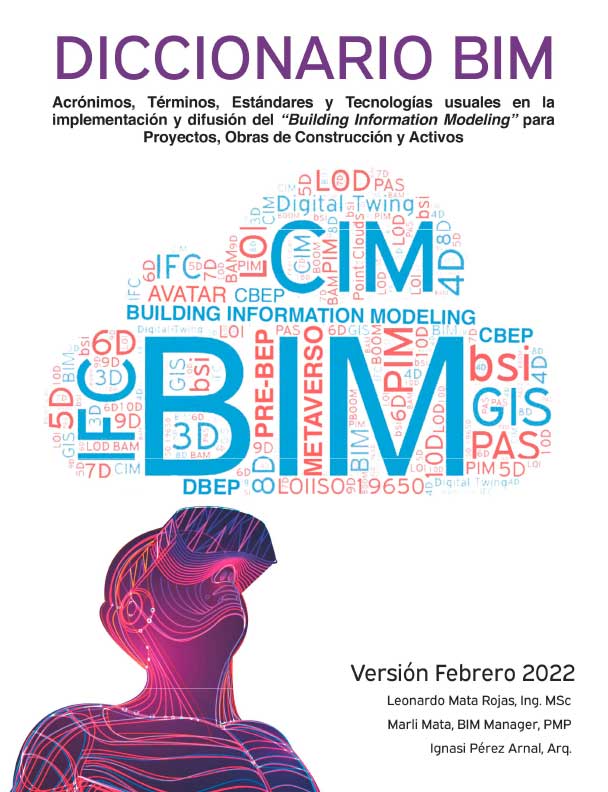
Last November on the 28th and 29th, the start of “BIMtour – join the BIM ecosystem” took place in Gijón. The BIM ecosystem is aimed at different groups involved in the development of urban planning and the construction of the future: administrations, professional associations, construction companies, providers, and universities.
The conference offered attendees a broad and didactic vision of the reality of BIM, decisions on its progressive implementation at a national and international level, the interoperability of its platforms and applications, and use in local administrations, heritage assets and cultural intelligence. The event focused on the common data environment, the management of large infrastructures and particular projects, and the cost savings during the building life cycle. The goal was to explore the ability to plan, modify, budget, and make the construction environment more efficient and sustainable.
After the inauguration by promoters of the conference, Gijón City Council , BIM Academy and the ITCIP, Julio López (INECO) presented the key factors that are crucial to the national implementation of the mandatory contract, focusing on the building and infrastructure field. He explained the activities of the Commission es.BIM which aims to increase the capacity of the industry, develop a collaborative framework, communicate the vision, and promote communities through public leadership. He commented on the 12 pilot projects promoted by the DGAVS and DGC, the requirements of BIM, and whether or not we are ready for its implementation. The increasing number of bids with BIM requirements follows from Obsevatorio es.BIM, with more than 580 million euros in buildings and infrastructures, as well as the progressive request of BIM requirements in public tenders in their presentation of plans, execution of plans, of deliverables, and in the valuation and technical solvency of the bidders.
Javier Alonso (Atanga) presented “The State of BIM in the European Commission: norms, standards and transposition to Spain” and defined a roadmap with the following phases:
- Establishment of the strategy to reach a certain level of maturity, which will be increased progressively (soft landing) avoiding major changes that could cause damage to the sector.
- Promote the use of BIM in the professional and teaching field.
- Positioning Spain as a world reference in the use of BIM.
- Represent Spain in the different international forums.
- Promotion of innovation in the infrastructure sector.
- Analysis of the best practices carried out by the most successful international initiatives.
- Establishment of the roadmap and the implementation calendar.
He also commented on the definition levels and outlined the applicable CEN, UNE and ISO quality standards.
Ignasi Pérez Arnal (BIM Academy) presented the current problems in the Construction Sector as well as productivity versus industrialisation. He commented on the problem for technicians, the mandatory BIM that will be implemented shortly, and its adoption. Arnau presented “Little BIM” as the solution to make the move to BIM efficiently. He talked about the positive and negative aspects of BIM, specifically focusing on what we should do from now on without forgetting the “Roadmap to implement the BIM”.
- Learn the essentials;
- Use multiplatform tools;
- Flexibility and interoperability;
- Do not create unnecessary dependencies;
- Economy of Software and hardware resources.
In addition to this, Bermejo presented the ITec tools for BIM work environments: BEDEC, TCQ and eCOB.
Manuel Álvarez de Piquer ( ISTRAM ) focused on linear infrastructure where the use of BIM saves costs, improves productivity and efficiency of operations, increases the quality of infrastructure and improves environmental performance. He showed integral solutions for civil engineering and presented in detail the IFC as a fundamental standard in the projects.
Nicola Paltrinieri (Pinearq ), in his presentation of a hospital project, spoke of how BIM and the common data environment can be applied to the following stages:
Definition of objectives and strategies
- Purpose of BIM
- Organization of work to reach the objective
- BEP Drafting (BIM Execution Plan)
- Project description
- Objectives and strategies
- Matrix of responsibilities
- Definition of CDE (Common Data Environment)
- File and folder management
- LOD / LOI and project phases
- Data management
- BIM 4-5-6 Dimensions…
- Modelling and data
- Completion of phases
Paltrineri spoke about case studies from projects in Italy, Riyadh and Barcelona that demonstrated the importance of data in the development of BIM.
Raúl Boldu (ACCIONA) linked BIM with Facility Management and presented the catalogue of services offered as well as the objectives, the different capture methods, the services with RPA, RC to BIM (Reverse Engineering), BIM for Facility Management (BIMtoFM) and Additive Manufacturing (3D Printing). Finally, he commented on some of the projects carried out using BIM.
The BIMtour days will be repeated in 2019 in different locations with the aim of extending BIM culture and supporting innovation as well as the use of technologies in the world of construction.


